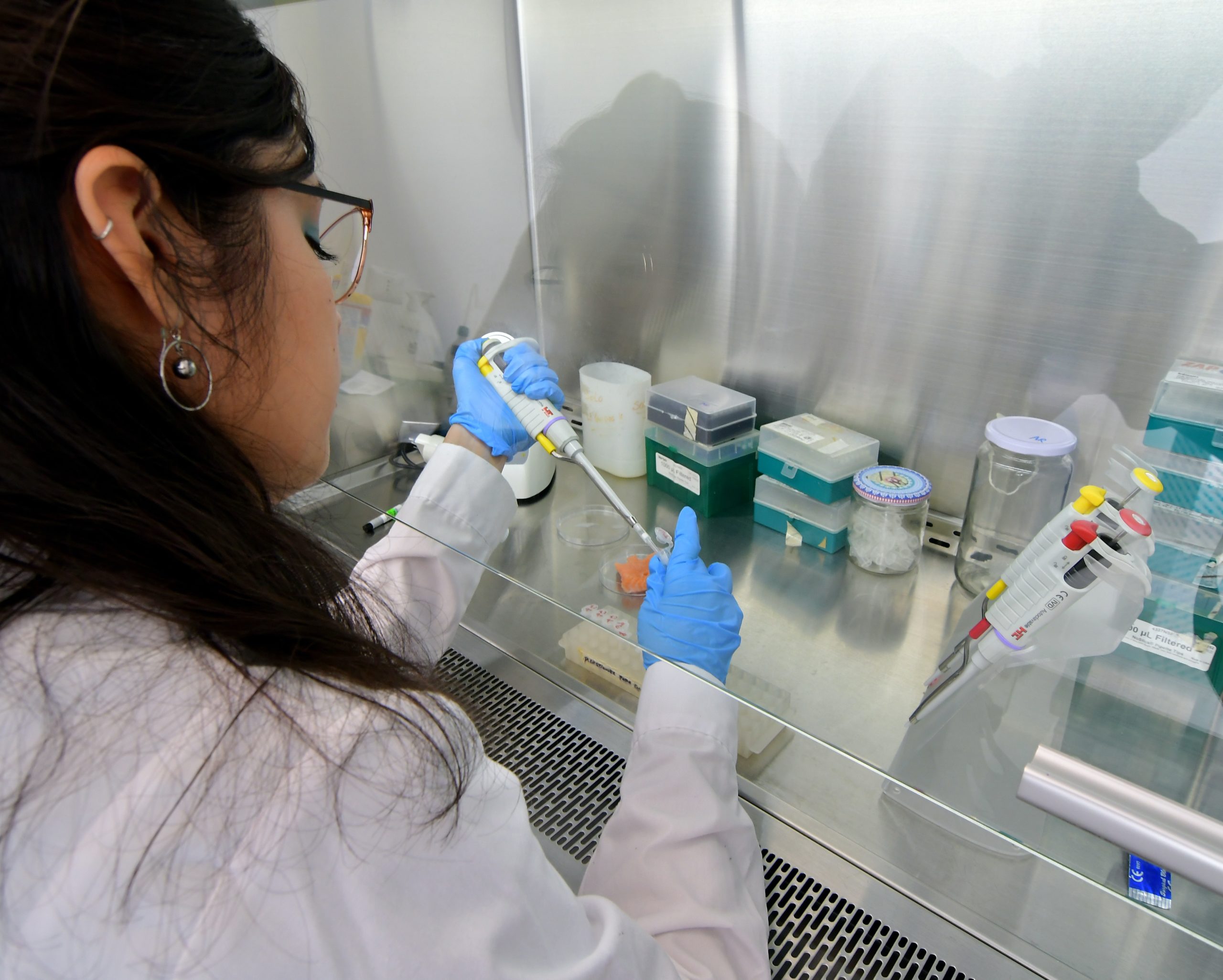If you are considering or are already using topicals containing skin conditioning CBD in your practice, you might be curious about its association with marijuana and how CBD and cannabis are related.
One question many practitioners have is whether or not topicals containing skin conditioning CBD contain tetrahydrocannabinol (THC), the cannabinoid responsible for making you high. And the answer is not always so black and white. If you are not already aware, CBD was federally legalized in the 2018 Farm Bill as long as the THC content is below 0.3%.
Products containing over 0.3% THC, on the other hand, are not federally legal due to THC’s psychoactive effects (although some states have legalized marijuana for both recreational and medical purposes).
But wait. Why do so many products list THC-free (or some derivative of the statement) on their packaging, if 0.3% THC is permitted? And should you be concerned?
When you begin researching CBD manufacturers and reading product labels, you’ll discover a world of confusing, sometimes contradicting, statements like ‘THC-Free,’ ‘ND THC’ (or non-detectable THC), and ‘Less than 0.3% THC.’
To help you better understand THC labeling, we’ve provided expert insights below.
Understanding THC Labeling
Because of the hazy regulatory laws surrounding the CBD market, labeling is not always an exact science. By definition, any product that contains less than 0.3% THC (that’s <3,000 parts per million, or PPM) is legal.
However, since there’s no real oversight on label terminology, some manufacturers will define ‘<0.3%’ as “THC-free,” “Zero-THC,” or “ND THC.”
While this may seem cause for concern, the truth is that 0.3% or less THC is such a minuscule amount that it will not cause any side effects, including intoxicating effects. There is also a nearly impossible chance of topical products containing the inactive ingredient, CBD, causing anyone to fail a drug test
This is because topical products, such as those from CBD CLINIC™, are not transdermal. So even if there are trace amounts of THC in the product, it does not enter the blood stream, virtually eliminating the possibility of failing a drug test.
While there are other factors to consider to ensure that the products you offer your patients or clients are high quality and are manufactured by trustworthy brands, ensuring that there is less than 0.3% THC is an important safety measure for you to consider.
At the end of the day, you want to offer a product that is safe and trustworthy.
How is THC Content Measured?
 THC levels also depend on the sensitivity of the instruments used to measure them. Some labs have high-sensitivity equipment that can detect levels as low as 25-500 ppm. However, most tests don’t support such sensitivity, thus, the hemp industry targets <0.1% as the threshold for “THC-Free” and “ND THC.”
THC levels also depend on the sensitivity of the instruments used to measure them. Some labs have high-sensitivity equipment that can detect levels as low as 25-500 ppm. However, most tests don’t support such sensitivity, thus, the hemp industry targets <0.1% as the threshold for “THC-Free” and “ND THC.”
While these minute discrepancies may occur when measuring THC content based on the instruments and method used, a Certificate of Analysis (COA) will give you an extremely close if not exact measurement of both THC and CBD in a product.
Ask an organic chemist and you will soon learn that even 0.0% & 100% are not accurate, let alone when complex plant oil matrices are involved. Remember that real numbers are not finite, unlike integers, and can theoretically continue endlessly far and beyond the decimal point (consider pi, an infinite number that goes far beyond 3.14).
These small details are part in parcel of what makes the labeling confusing. But it is no cause to worry.
You can determine the most accurate levels of THC in a product by reading its COA which should be readily available on any website that sells high-quality CBD products. COAs are imperative for customer trust and manufacturer transparency. Additionally, they are the only way for you to determine the purity of a product including verifying what is listed on the label is what’s contained inside the package.
Key Takeaways
While there is some confusion surrounding labels such as “THC-Free” and “ND THC,” as long as levels are under 0.3%, you don’t need to worry about legality. And you can determine this by looking at the COA.
Additionally, the exponential growth of the CBD industry means that it is likely that strict THC measurement and labeling guidelines will be established in the near future. Especially since ensuring products are THC-free is critical because some employers still completely forbid its use.


